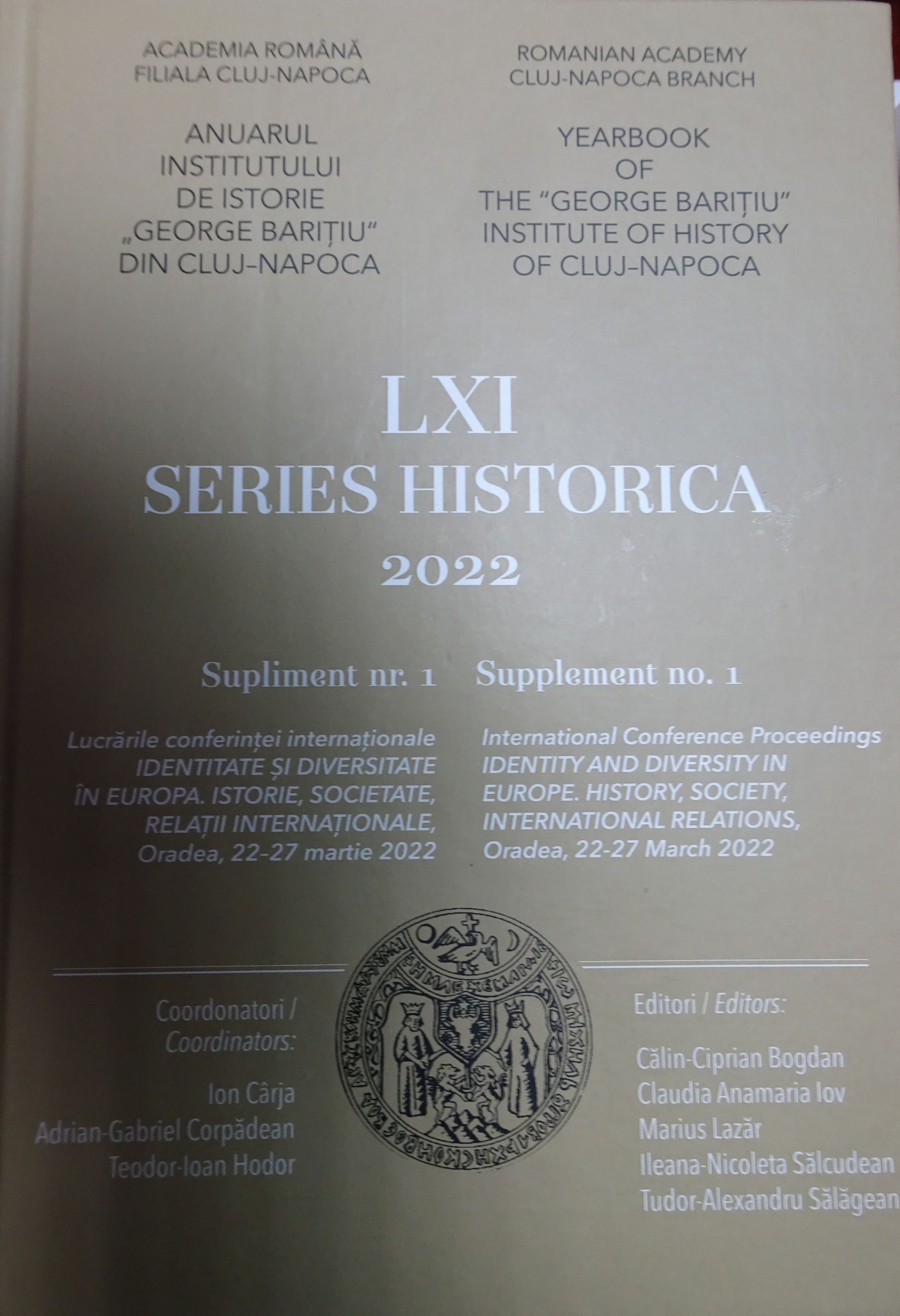Models of Cultural Theories Applied to Regional Development. Case Study: the City of Piatra–Neamţ
Models of Cultural Theories Applied to Regional Development. Case Study: the City of Piatra–Neamţ
Author(s): Gianina Stan (Joldescu Stan)Subject(s): Cultural history, Politics and society, Culture and social structure , Economic development, Present Times (2010 - today), Tourism
Published by: Editura Academiei Române
Keywords: regional development; cultural heritage; cultural theories; tourism;
Summary/Abstract: In the ongoing discussions regarding the role of cultural heritage in the process of regional development, it is important to notice the cultural theories approaching heritage. They can be very useful in establishing how the local authorities can take measures to protect, promote and develop cultural heritage, turning it into a paramount point for regional development. Theories such as interpretative anthropology and symbolic interactionism have led to research projects and models of using and promoting the cultural heritage of an area in order to help with its regional development and economic growth. In the current paper, we will discuss such theories and the manner in which they can be applied to Romanian cities, depending on their traditional traits. We look at one city from a macro region of Romania and analyse the extent to which these models can or cannot be replicated for this specific city. For this study we have chosen Piatra Neamț as the focal point. The reasoning behind this choice is that it gives us the chance to analyse the specifics of a city with prominent cultural heritage but low access and generally poor infrastructure for tourism. This will enable us to establish how much a highlighted and promoted form of cultural heritage could foster economic development and the increase in the number of tourists in a certain region. In attempting to apply the models proposed by these theories to the chosen developing city, we plan to analyse the way in which such models could be replicated outside the cities they were originally intended for, and whether they are useful for promoting cultural heritage and fostering regional development.
Journal: Anuarul Institutului de Istorie »George Bariţiu« - Series HISTORICA - Supliment
- Issue Year: 1/2022
- Issue No: LXI
- Page Range: 695-701
- Page Count: 7
- Language: English

